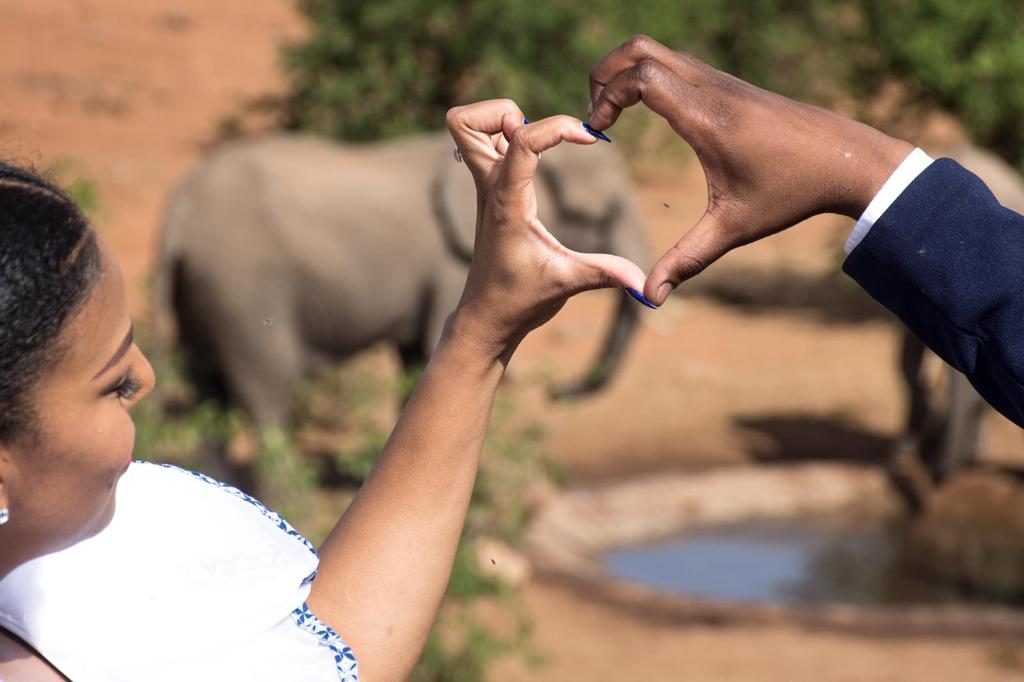There are some brides that simply know what they want their wedding dress to look like. However, there are a few brides-to-be who need a little nudge towards inspiration, and there’s nothing more inspiring than the latest wedding gowns from Bridal Fashion Week.
The crème de la crème of the fashion world came together to grace us with the most fabulous and on-trend designs – the perfect way to find inspiration for your upcoming nuptials.
Here are a few of our favourite designs from Bridal Fashion Week’s Spring Collection:
Anne Barge

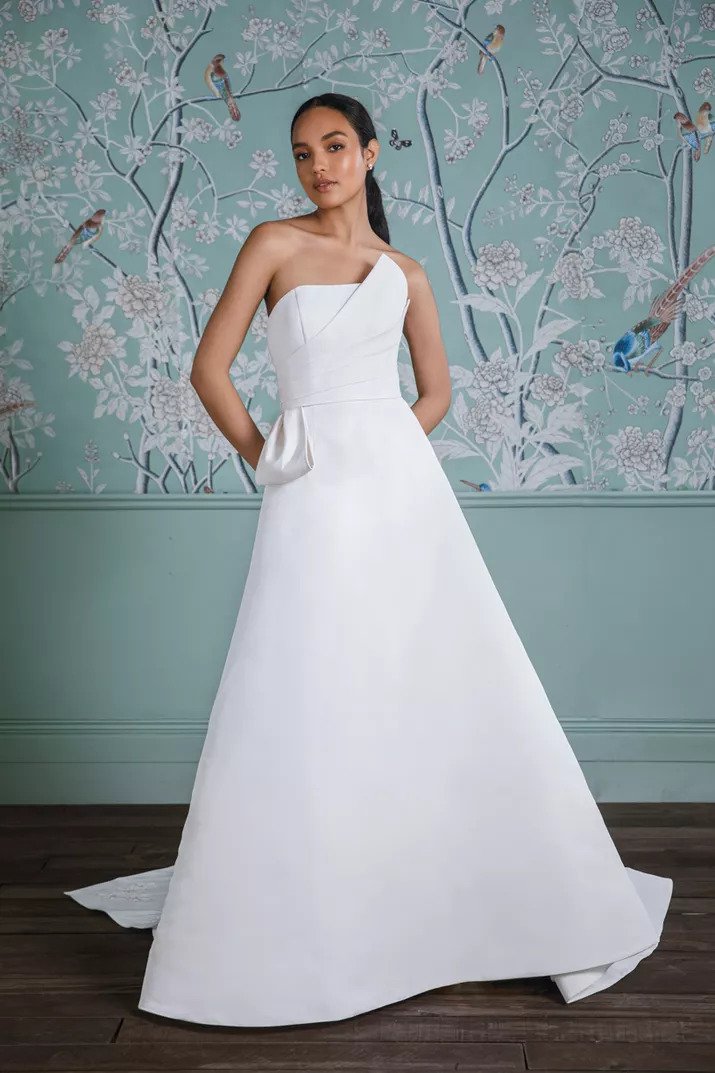
Mira Zwillinger

Zuhair Murad
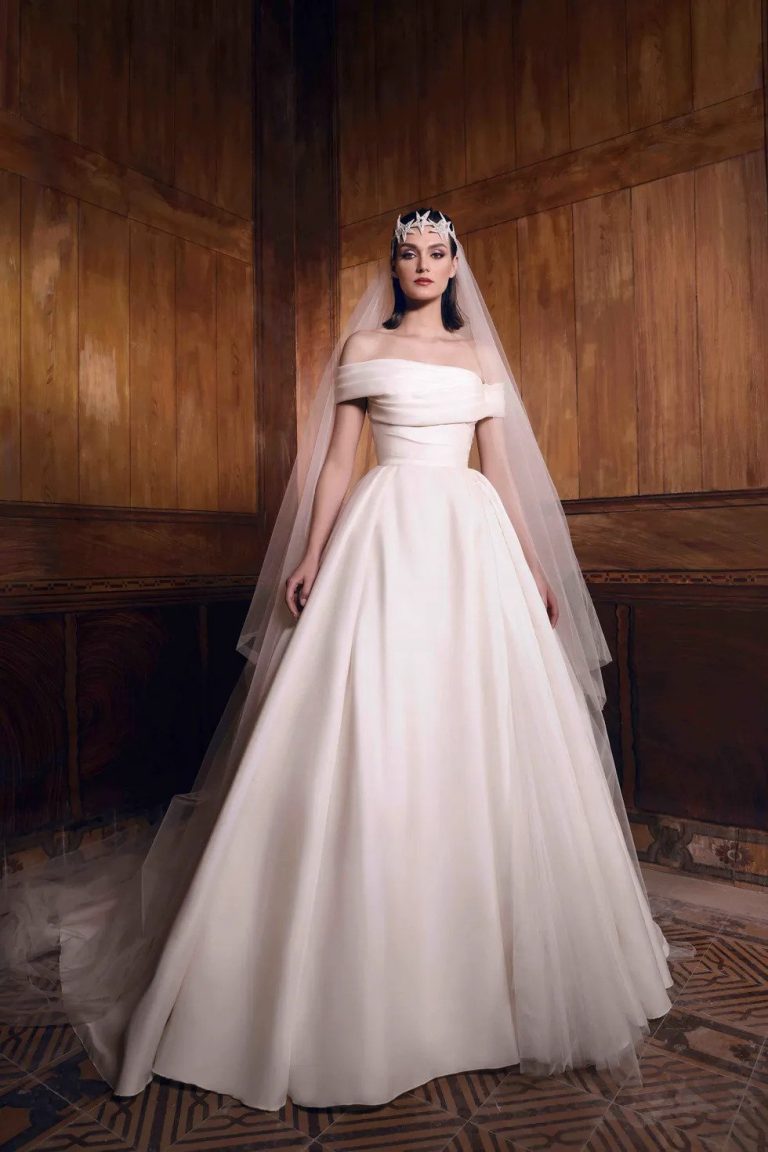

Ines Di Santo
Reem Acra
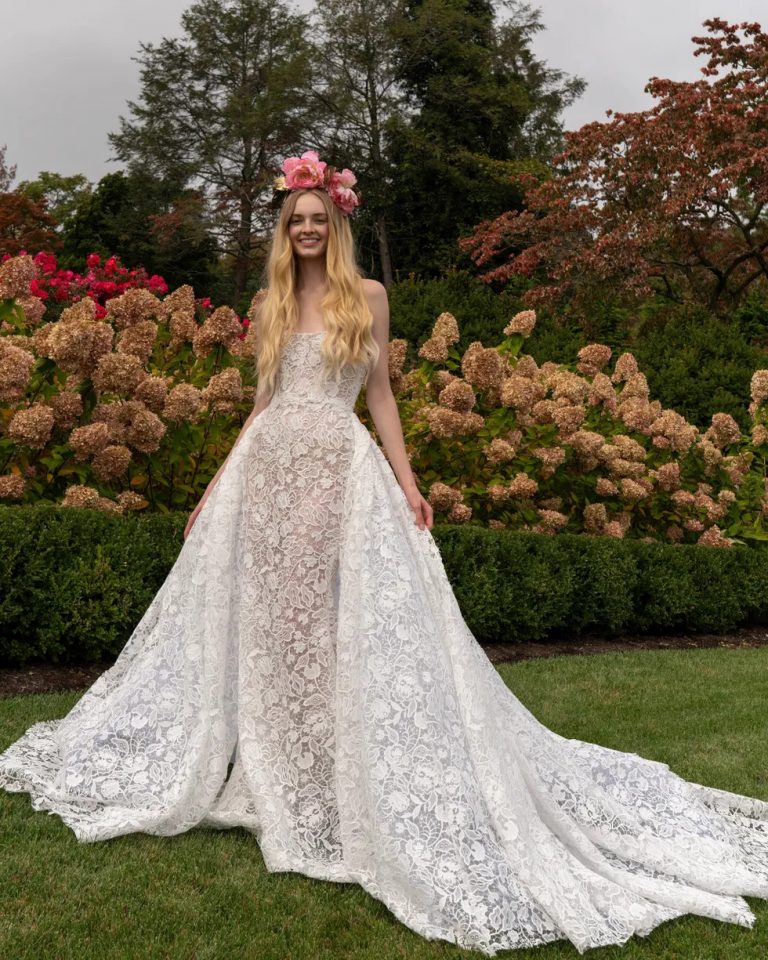
Galia Lahav


Savannah Miller
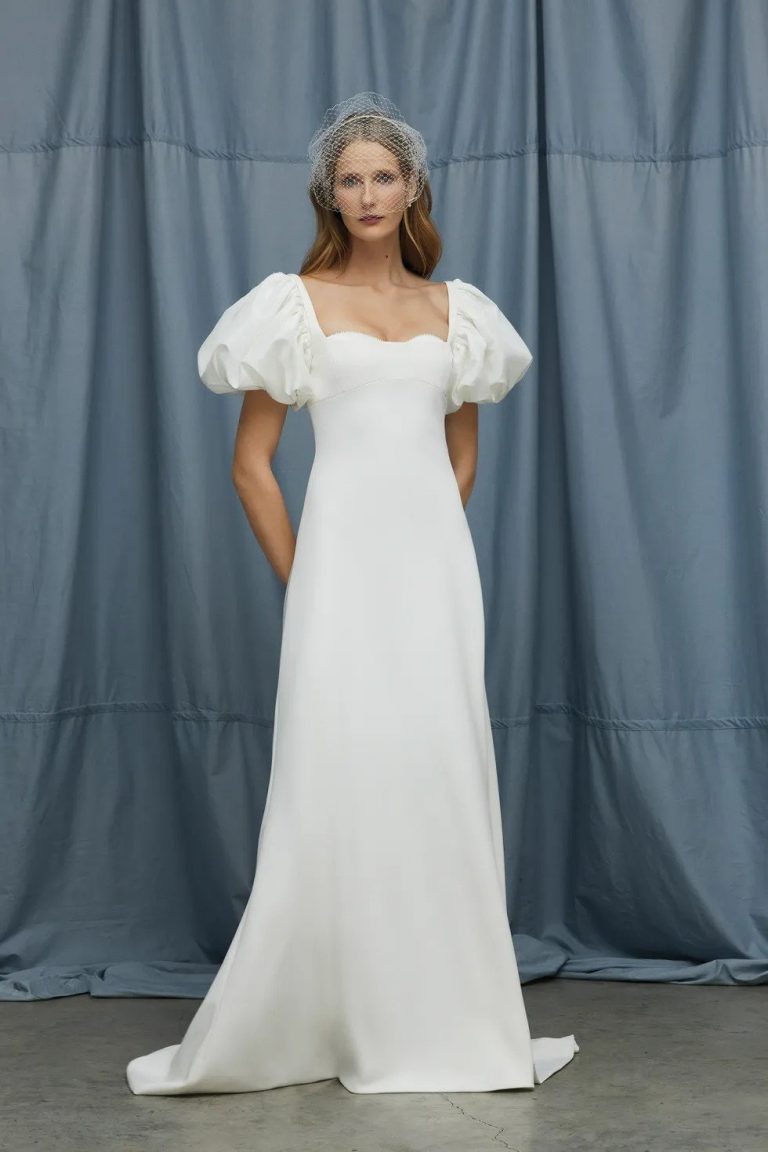
Galvan Bridal
Halfpenny London


Elie Saab
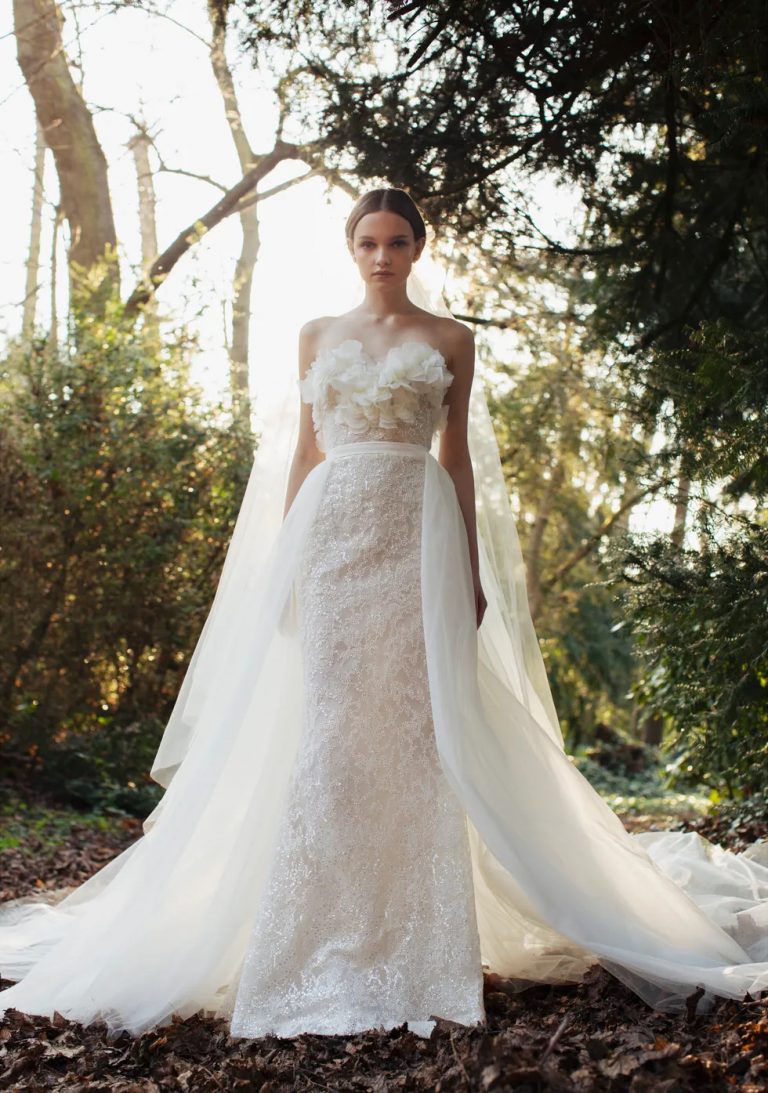

Monique Lhuillier


Feature Image: Monique Lhuillier
“The devil is in the details,” and boy, can planning a wedding sometimes feel like taking a quick trip to hell if you don’t have the right support.…
Classy, sophisticated, posh. All three of these words mean the exact same thing but somehow manage to individually encompass the essence of the always fabulous Beckhams.
In 1999, David and Victoria Beckham solidified their status as pop culture icons following their Robin Hood themed wedding. Fashionistas and brides-to-be around the world couldn’t get enough of Victoria’s tightly fitted corset by English corsetiere, Mr Pearl, a gorgeous piece that she wore under her ballgown.
Nearly two decades later and another Beckham appears to be inspiring future brides and grooms. In a lavish $3.5 million “modern fairytale” wedding, Brooklyn Beckham and Nicola Peltz said their “I dos” in front of family and friends in what many are describing as simply “magical.”

The ceremony was said to be a star-studded affair with Serena Williams and Eva Longoria making an appearance at the $103 million venue in Palm Beach, which happened to be billionaire Nelson Peltz’s (Nicola’s father) compound.
Along with the who’s who of the celebrity world, British Vogue had a front-row seat to the couple’s nuptials, sharing a plethora of snaps and noting: ‘It’s the stuff that modern fairytales are made of: a beautiful blonde film star meets a handsome young scion of one of Britain’s most famous – and fashionable – families, sparks fly, and a truly 21st-century romance unfolds.’
While there are many elements that make a wedding magical, all eyes were undoubtedly on Nicola’s custom-made Valentino wedding gown – a culmination of a years’ worth of conversations between the bride, Peltz’s stylist and the creative team at Valentino.

The result has been the blushing bride’s “dream dress” with countless snaps showcasing the sheer elegance of this masterpiece.
A cute little inclusion featured the bride’s dress is adorned with an evil eye symbol and included a message from her mother which the Valentino team stitched with blue thread – for that something blue.
The world was treated to new images of the newlyweds which came after Brooklyn uploaded the first shot from their wedding on Sunday, a black and white image of the pair that he captioned: ‘Mr. & Mrs Peltz Beckham.’
The images are breathtaking and ooze old Hollywood. However, Peltz appears to have taken some inspiration from the 90s with Vogue noting that the bride’s hair was styled as “an ode to Claudia Schiffer in the ‘90s.”
“It was all about keeping her hair beautiful, soft and smooth. ”Think luxe, polished texture, but with fullness and movement to it,” said Adir Abergel, Nicola’s hairstylist.

A natural look was chosen for the day and offered a fresh, natural look that was barely there but provided a few details that ensured her features would pop under the veil.
The result? A gorgeous bride, a magical day and a happy groom. Is there anything more perfect than that?
Congratulations to the happy couple!
Picture: British Vogue
What’s that epic phrase from Interstellar? “Love is the one thing we’re capable of perceiving that transcends dimensions of time and space.” One incredible couple is giving a…
There’s something magical about saying “I do“ under a canopy of indigenous fauna and flora, the burnt-orange sun setting in the background and an endless array of wildlife as bystanders.
And there’s certainly nothing more magical than Botswana.
Home to the best wilderness and wildlife spots on the African continent, Botswana is a dream for wedding couples looking to tie the knot and immerse themselves in nature.
While the Okavango Delta may be the first thing that comes to mind when you think of nature and Southern Africa, it’s the unsurpassed natural beauty of Tuli Private Game Reserve that will truly steal your heart.
The destination – Tuli Game Reserve
Featuring 72 000 hectares of unadulterated beauty, this privately-owned land in the north-eastern sector of Botswana’s Tuli Block offers a timeless African experience.
But this wild stretch of land goes beyond offering picturesque views of rugged landscapes, flowing rivers and a region teeming with wildlife, it also provides one of its shiniest gems – the Africa Experience.
The Africa Experience features excellent wilderness retreats, specialised private African safaris, interactive research participation, and now, a wedding venue. Nestled between the lush greenery of the Tuli and perched on the banks of the Limpopo River, lovebirds have the opportunity to plan a wedding ceremony that they will never forget.
Accommodation options come in the form of Koro River Camp, beautifully appointed tented master suites that offer fantastic views, and Koro Island Camp, four simple yet elegant tented en-suites. It’s the perfect spot for newlyweds looking to stay and enjoy the beauty of the region a little longer.
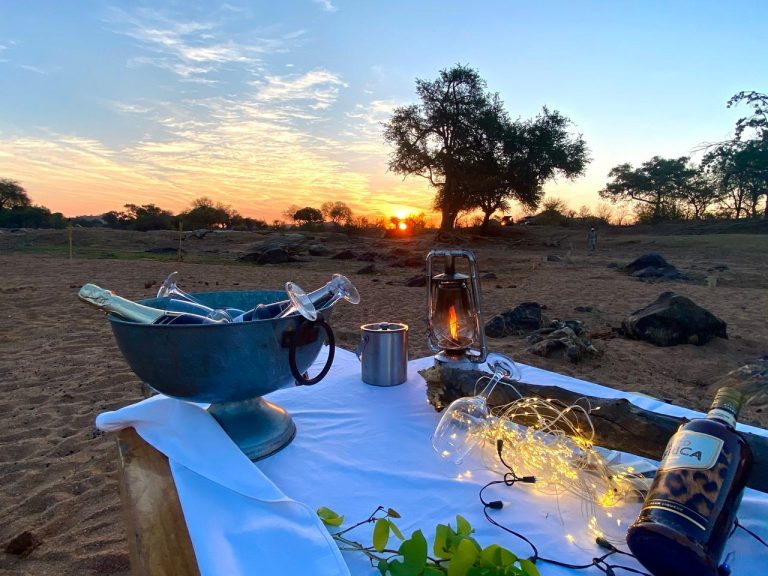
The Wedding Experience
The bridal couple and guests will be treated to a three-day wedding extravagant, in the heart of the bush. Doesn’t get much better than this, right? Wrong!
Africa Experience offers couples the chance to spend some quality time with loved ones with a fully inclusive three-night stay for a maximum of 30 pax.
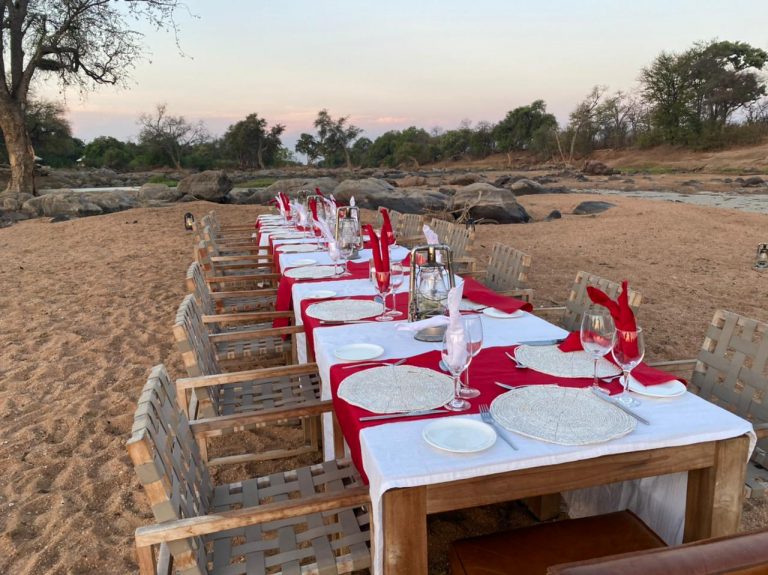
Breakfast, pre-wedding dinner, a spa day for the ladies and a morning walk for the guys are just a few amazing activities you’ll get to indulge in with your guests. The ceremony and reception will take place at the gorgeous River Camp, perfect for those eager to enjoy the sweet sounds of Mother Nature and incredible views over the river. Fall asleep to the wonders of the universe as you top this experience off with an incredible sleep out under the stars!
Depart with your heart full and stomach full as you enjoy breakfast at the camp.
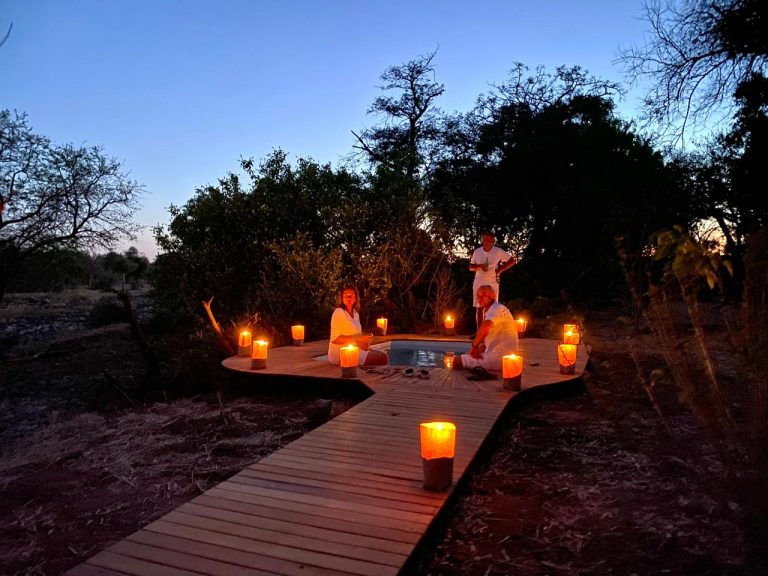
Newlyweds eager to spend a little extra time enjoying this part of the world can stay on for their honeymoon.
For the ecologically conscious bride and groom, the Africa Experience prides itself in being at the forefront of conservation tourism and this ethos is at the heart of their operations, having established the foundation, TIMBO AFRIKA.
This incredible foundation funds and supports numerous conservation and community projects, including an accredited PhD level field study, which focuses on the ecology of leopards and hyenas of the Tuli.
What’s more, bridal couples staying at the camps have the opportunity to get their hands dirty by joining in with monitoring activities and field observations – if that’s not an incredible way to spend your honeymoon, then we don’t know what is!

With conservation and community at the heart of everything they do, there’s no better place to say “I do” than at this incredible wedding destination.
To find out more, head to their website.
The ultimate showcase of South Africa’s best in the wedding industry is back as a live event. The Wedding Expo will be taking place from 6&& August 2022…
There’s nothing more romantic than grabbing a blanket, snuggled up with your boo as you lay underneath a canopy of stars. Your honeymoon is meant to be the start of your spectacular journey together, so why not make it a magical one with a shooting star or two. South Africa is home to some incredible honeymoon destinations – away from the hustle and bustle and glare of city lights.
If you’re looking to enjoy the splendours of the night sky with your main squeeze by your side, here are a few honeymoon destinations that are perfect for a little star gazing.
Cederberg Mountain Conservancy, Western Cape
A few hours outside of Cape Town lies this magical oasis filled with some of the country’s most stunning rock formations. While it’s bursting with some incredible history, the Cederberg Wilderness also has some pretty great spots for couples looking to gaze up at the night’s sky. The Kagga Kamma Nature Reserve is famous for its one-of-a-kind accommodation, which … you guessed it, is under the stars.
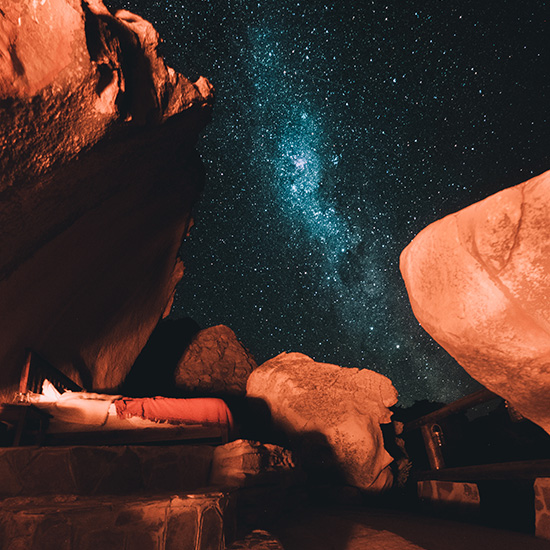
Kruger National Park, Mpumalanga
If you’re looking for a little adventure with your stargazing, then nothing beats a honeymoon in the wild Kruger National Park. Spend your nights listening to the majestic roars of lions while making a wish on a shooting star. It doesn’t get more perfect than that! If you’re really looking for a glittering showcase from our galaxy, then head to the northern region of the park. A luxurious honeymoon experience is at your fingertips when making a booking at The Outpost or keep things simple with Punda Maria Camp.

Amphitheatre Central, Drakensberg, KwaZulu-Natal
The couple who hikes together, stays together. Isn’t that how the saying goes? Either way, if you and your significant other are looking to work for some incredible views, then the Drakensberg’s Amphitheatre is a must for those looking to stretch their legs and enjoy the stars. Pitch your tent and enjoy the view, or head down to spend some quality time in nature with Thendele Camp.
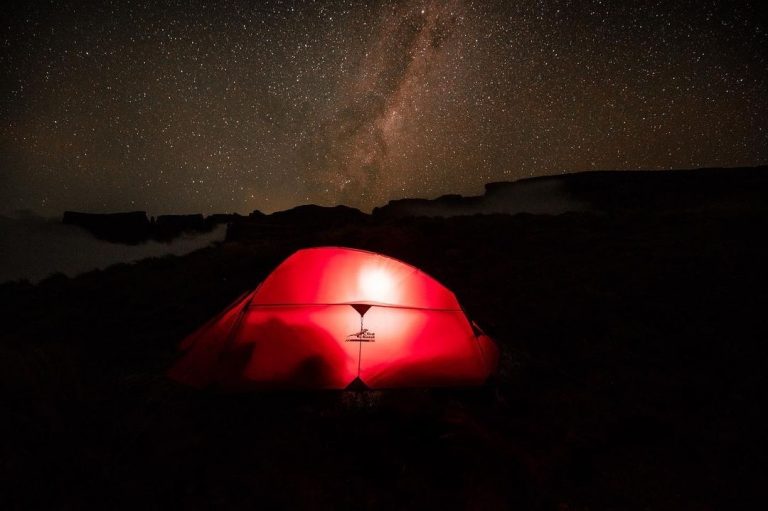
Mapungubwe National Park and World Heritage Site, Limpopo
This incredible region is situated Musina, in the far north of Limpopo and nothing showcases South Africa’s beauty quite like this destination. If you’d love to spend your honeymoon listening to the wild calls of nature and the sweet gurgling of flowing rivers, then spend the night and enjoy a starry bath with Leokwe Camp.

Sutherland, Northern Cape
The charming town of Sutherland is home to the largest telescope in the southern hemisphere – the Southern African Large Telescope. With that reputation, you’re bound to have an epic stargazing experience that will leave you starry-eyed for weeks to come. Die Heks se Huis : Amethyst is also a great little Airbnb, and not at all what its name suggests.
Picture: Unsplash





